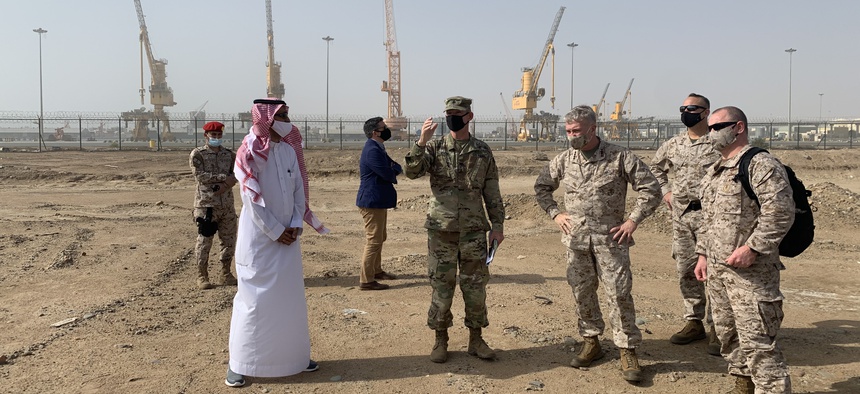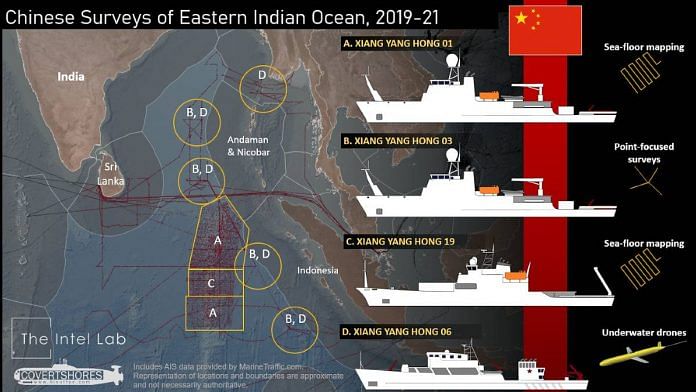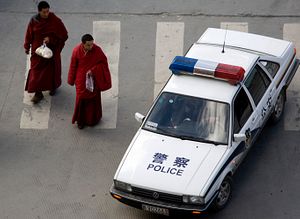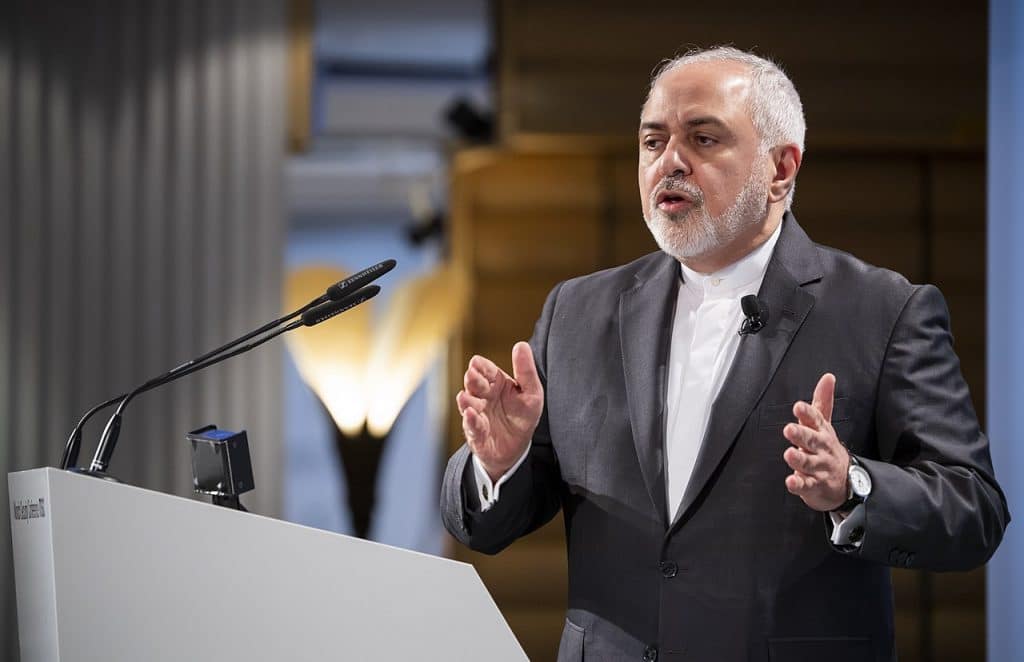By Fatima Ahmed and Tajjalla Munir*
The South Asian sub-continent had remained turbulent since two nation-states Pakistan and India had been carved out by the British in 1947. Since partition, the relations of Pakistan and India had been contentious mainly because of the disputed region of Kashmir. Both archrivals have fought three wars over Kashmir and their relations have been mired with hostility and distrust ever since. The relations between the two states grew more sensitive when both acquired nuclear weapons. With nuclear weapons, nuclear deterrence was achieved and it led to strategic stability in South Asia. This strategic stability doesn’t rule out the occurrence of conflicts between the two archrivals. The small clashes can easily get out of hand and can disturb strategic stability. The recent example of the Pulwama attack in February 2019, illustrates this point of view. The world saw that due to the attack on Pulwama, the blame game started by India, and in few days tensions escalated and Pakistan and India were standing at the brink of nuclear war.
Nuclear deterrence is the only factor that provides strategic stability in the region but the presence of nuclear deterrence is not always helpful in ensuring peace. It somehow retains space for small conflicts and the threat of escalation of these conflicts is always present. The best example of this was a crisis between both states that happened in the second month of 2019.













/cloudfront-us-east-1.images.arcpublishing.com/mco/NQ5MSETY3BDRDMRXMEPQNQ4CDA.jpg)















